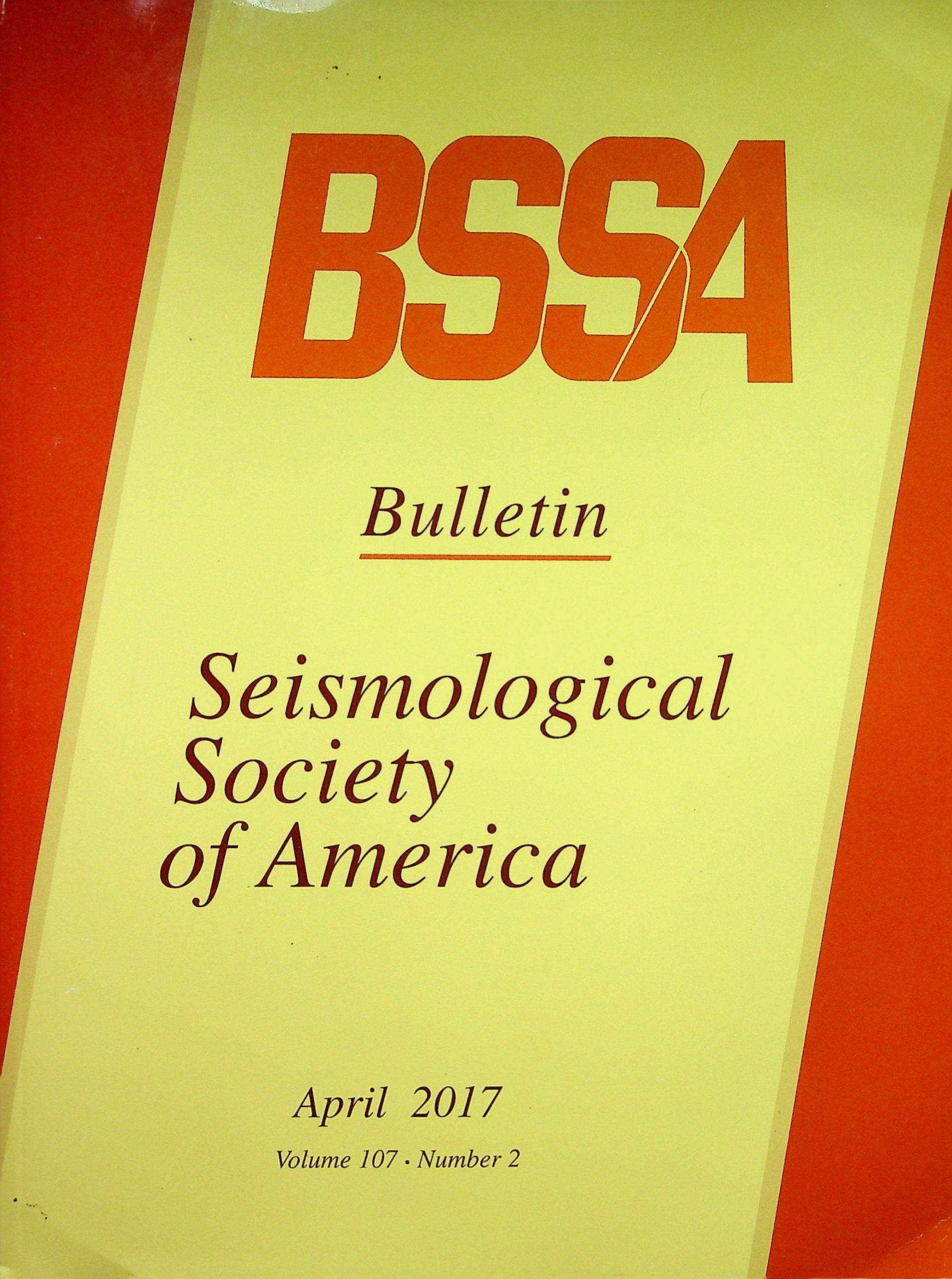Abstract For a set of earthquakes in a perfectly elastic medium and provided that stress drop and rupture velocity do not vary systematically as a function of magnitude and that the instrument response has been corrected for, oc A/w over the entire range for which ML can be determined. In practice, however, we observe that and Mw deviate from this 1:1 scaling relation. Detailed analysis of a natural earthquake sequence and of a case of induced seismicity show that, for small events (in general, for Mw below 2-3), oc 1.5 Mw, in agreement with the results of other studies. Thisbehavior can be reproduced with synthetic earthquake source time functions convolvedwith a causal Q operator using independently determined Q-values. A keyresult of both the data analysis and the modeling exercise is that, for small eventsbelow a certain magnitude, observed pulse widths and equivalently corner frequencies remain practically constant. Thus, in an attenuating medium, the signals of small earthquakes constitute essentially the impulse response of the medium, scaled by the seismic moment. A simple theoretical demonstration shows that under these circumstances the observed proportionality of 1.5 between ML and Mw is a necessary consequence of the intrinsic scaling properties of amplitude and duration of the moment-rate function versus seismic moment, as well as of the frequency response of an attenuating medium. As a consequence of this and of the bias introduced by the response of the Wood-Anderson seismometer for the larger events, the Gutenberg- Richter relation based on ML loses its physical justification and, with respect to Mw, leads to different b-values for small and large events.
5
Seismological Society’ of America
Nicholas Deichmann
Penerbit :
Evelyn Ave
Tahun :
2017
Buku lain-lain
-
No Scan191
-
No Klasifikasi-
-
ISBN
-
ISSN
-
No Registrasi-
-
Lokasi Terbit
-
Jumlah Hal23
-
Label-
-
Versi DigitalTIDAK
-
Versi FisikTIDAK
-
Lokasi Rak Buku Fisik//
-
Jumlah Exemplar Fisik Tersedia-




